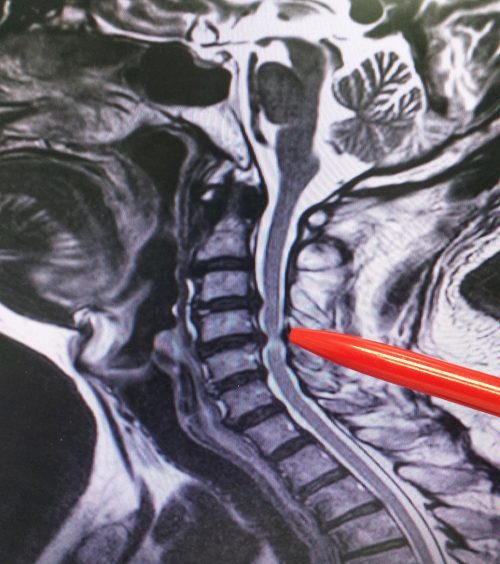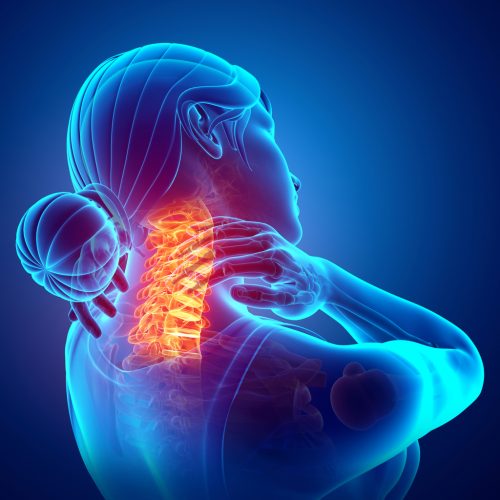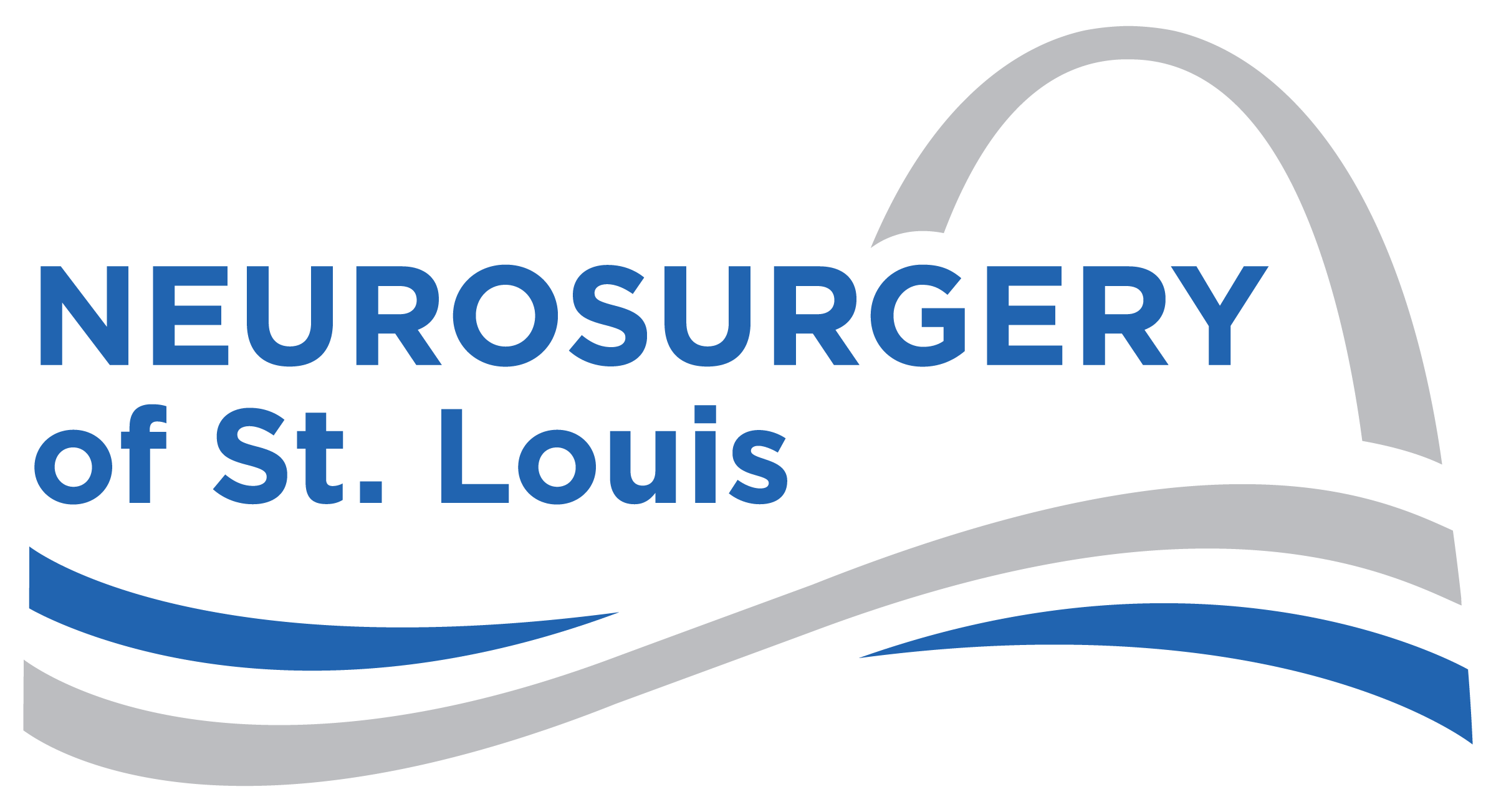Posterior Cervical Decompression and Fusion

What is a Posterior Cervical laminectomy or Decompression?
In a cervical laminectomy procedure, a small section of bone that covers the back of the spinal cord, called the lamina, is removed. The removal of this portion of the bone and any nearby bone spurs relieves the pressure on the spinal cord or nerves that go down the arms.
A laminectomy of the cervical spine is performed through the upper back and neck while the patient is under general anesthesia. The surgeon makes an incision and carefully retracts the muscles and ligaments to obtain access to the spine.
Depending on the extent of the damage, the lamina may be removed in portions or in its entirety on both sides of the spine. By removing the lamina, bone spurs and other overgrowth, the compression of the spinal cord and spinal nerves is alleviated and symptoms improve.
The surgeon may decide to only decompress the spinal cord and nerve roots, or may elect to do a fusion at the same time.
Why Would I need a Posterior Cervical Fusion?
A posterior cervical fusion procedure is recommended when it is necessary to provide stability to the upper spine following a fracture or other substantial damage in the area.
The most common indications for a cervical fusion are:
- Fracture
- Excessive motion between the vertebrae of the cervical spine or spinal instability
- To correct a spinal deformity
During a cervical fusion, two or more damaged vertebral bodies are fused, increasing spinal stability and decreasing the pain associated with abnormal movement of the joints of the cervical spine.
Posterior Cervical fusion is accomplished by placing screws in the lateral masses of the cervical spine, connected with rods to fuse the joint to inhibit unwanted motion that may be causing pain.

Laminectomy (Cervical Spine, With Fusion)
Laminectomy (Cervical)
Patients That May Need a Posterior Cervical Decompression and Fusion
Patients with cervical or foraminal stenosis or narrowing may need a surgery to permanently decompress the spinal cord or nerve roots in the neck
Some symptoms from cervical stenosis that may require surgery include:
- Cervical Myelopathy – Symptoms include numbness/tingling in your arms or hands, loss of function in your hands, balance issues, or loss of bowel and/or bladder function.
- Shooting arm pain – This can be from narrowing of the spinal canal or the foramen (bony opening where nerve exits the spinal cord
- Neck pain
Recovery and Limitations
- The patient is usually in the hospital for 1-2 nights recovering from surgery and trying to keep postoperative pain under control.
- The patient has to avoid heavy lifting, bending, and twisting for 6 weeks.
- If a fusion was done, usually a rigid, hard cervical collar is worn for 6 weeks to promote fusion.
- Usually the patient is able to return to work or activities with no restrictions around 3 months after surgery.
Schedule an Appointment
- Contact Us
Ready to learn more? Contact us today to get started.
Make an Appointment
New & Existing Patients: Request An Appointment
New and existing patients may request an appointment by filling out the form below. Someone from our team will be contacting you to schedule an appointment time.

